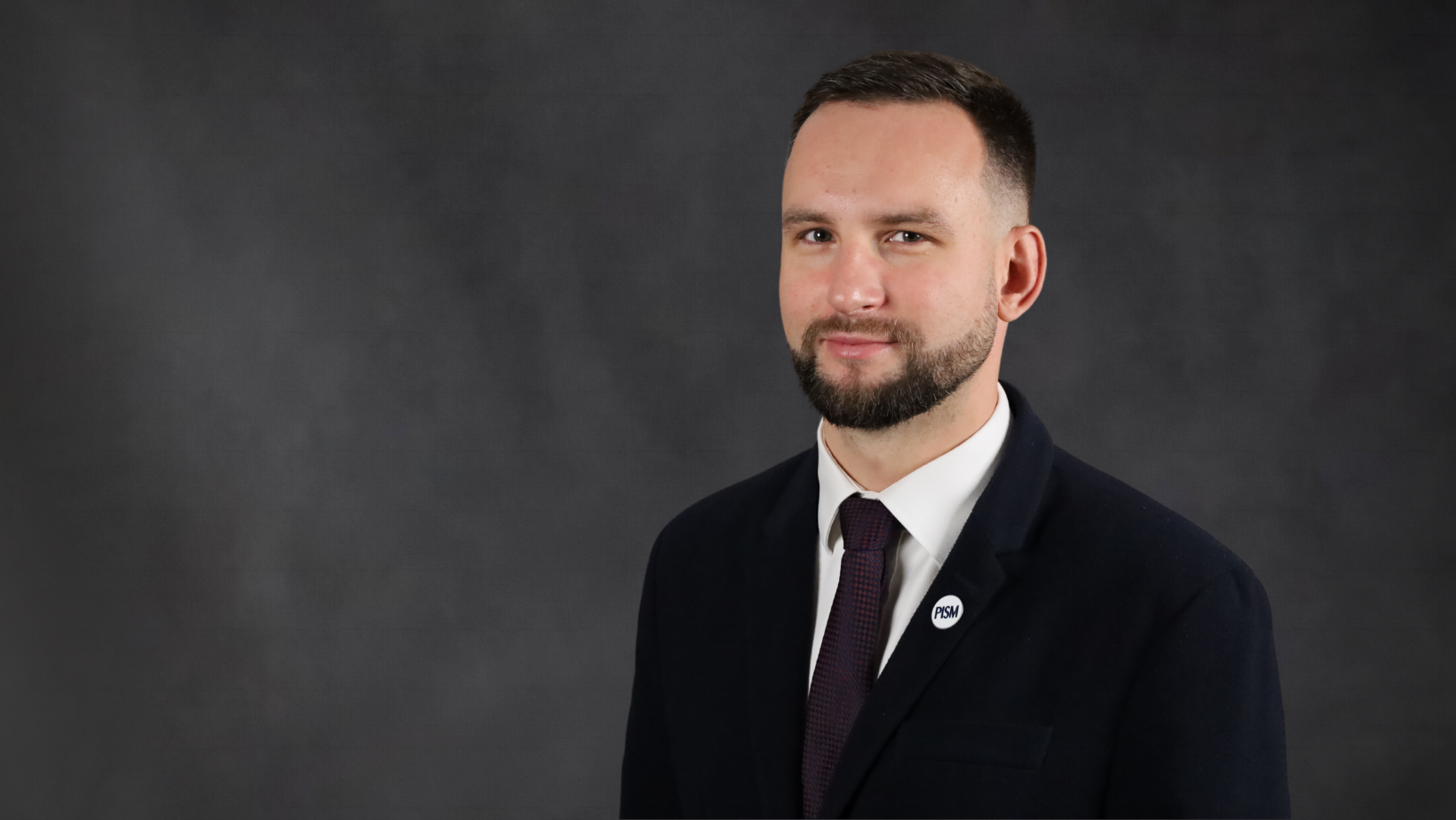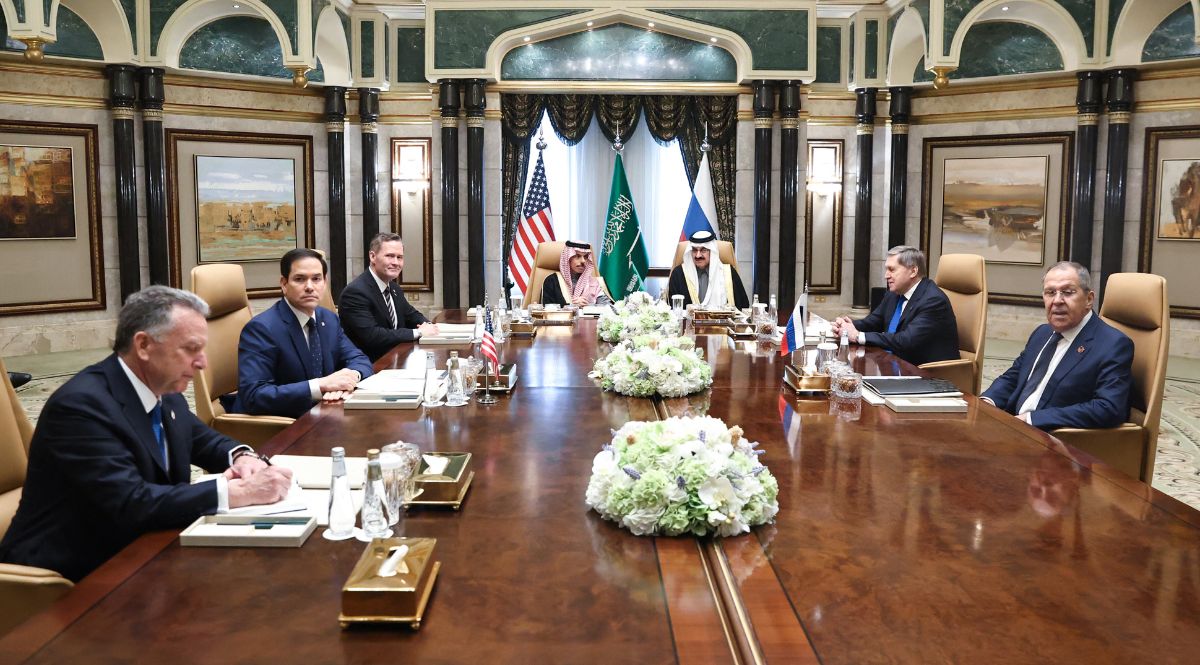Russia's Response to the U.S. Proposal for Ceasefire in Ukraine
On 13 March, Vladimir Putin rejected the conditions of a 30-day ceasefire (including the airspace, Black Sea area, and along the entire frontline of the conflict) proposed by the United States and accepted by Ukraine. This probably means that Russia will intensify its military operations in the near future while continuing to demand that the U.S. stop providing military and intelligence support to Ukraine. Russian forces have the initiative on the frontline and their priority will be to regain full control of the Kursk Oblast and expand their territorial gains on the front in Ukraine. Russian diplomacy will most likely prolong the talks, while also trying to force additional concessions from the U.S. and Ukraine.
.png) Gavriil Grigorov/Kremlin Pool / Zuma Press / Forum
Gavriil Grigorov/Kremlin Pool / Zuma Press / Forum
How did Putin react to the ceasefire proposal?
Putin commented on the ceasefire plan during Belarusian leader Alexander Lukashenka’s visit to Moscow. Putin described it as a good idea, but said that the cessation of hostilities should lead to a long-term peace and eliminate the causes of the war. This implies that Russia does not intend to give up its maximum war aims, namely the complete subjugation of Ukraine through a change of government (what it calls “denazification”), the renunciation of NATO membership (“neutralisation”), and the weakening of its ability to defend itself (“demilitarisation”). Russia rejects the basic principle of the U.S.-Ukraine proposal, which is to introduce a ceasefire before the actual peace talks begin.
In Russia’s opinion, the conditions proposed by the U.S. are unfavourable because they give the Ukrainian forces time to regroup and strengthen. These arguments do not reflect the situation on the frontline, where the Russian army has the initiative. One of Russia’s priorities in the coming weeks will be to regain full control of the Kursk Oblast, where a Ukrainian offensive operation has been ongoing since August 2024. During more than seven months of fighting, Russia, supported by North Korea, has regained 86% of the occupied territory, losing an estimated 55,000 soldiers (including 22,000 killed). Ukraine still holds some fortified positions in the Kursk region, which it can use as a bargaining chip in negotiations. However, continuing to defend them may be too costly for Ukraine, whose main problem at the front is an insufficient number of soldiers.
What are Russia’s demands?
For Russia, the main condition for a ceasefire is the suspension of Western military aid to Ukraine (including arms supplies, training, and intelligence support). This would significantly weaken Ukraine’s ability to defend itself and increase Russia’s advantage. The temporary suspension of U.S. arms, intelligence, and reconnaissance supplies already led to increased missile and drone attacks on targets in Ukraine and made it easier for Russia to take and occupy Sudzh (Kursk Oblast)/ The conditions proposed by Russia would give it disproportionately greater benefits, so they will certainly not be accepted by Ukraine.
U.S. Secretary of State Marco Rubio stated on 11 March that the United States “will know what the obstacle to peace is” in Ukraine if the U.S. proposal is not accepted. Rejection of the proposal should then be a signal to the administration of President Donald Trump that Russia is not interested in stopping the fighting, but in achieving its maximum goals in Ukraine. A document by media, allegedly prepared for the Federal Security Service (FSB) before the U.S.-Russia talks in Riyadh (18 February), shows that Russia does not intend to end the war in Ukraine before 2026. The Russian authorities assume that by then they will have sufficient military resources to generate an advantage that will enable them to achieve their war objectives. Russia also expects recognition of its sovereignty over the occupied territories of Ukraine, the creation of a buffer zone on the border of Ukraine with the Bryansk, Kursk, and Belgorod regions, and the creation of a demilitarised zone in the Odessa and Kherson regions. Although the Russians agree in general to a Ukrainian-American agreement on the mining of critical minerals, they oppose Western troops in Ukraine to back up security guarantees.
How will Russia’s position affect further peace talks?
In the near future, Russia will probably prolong the negotiations on ending the war, questioning individual elements of the U.S.-Ukraine proposal, such as the means of control and verification of the ceasefire. At the same time, it is likely that the hostilities will intensify, with Russia aiming to displace the Ukrainian forces from the Kursk Oblast. Russia will try to renegotiate the U.S.-Ukraine agreement and will also try to force additional concessions from both of them. These could include, for example, the partial lifting of sanctions, a new suspension of military and intelligence assistance to Ukraine, the withdrawal of Ukrainian troops from the Kursk Oblast, and/or the recognition of Russia’s sovereignty over the occupied territories of Ukraine. By formulating demands that are unacceptable to Ukraine, Putin may be seeking to blame President Volodymyr Zelensky for the failure of the talks. Russia may try to escalate tensions between Trump and Zelensky to force a change of power in Kyiv. It is also likely that Russia will once again raise the issue of the security architecture in Europe, inviting the U.S. to discuss the shape of the American presence on the continent, especially on NATO’s Eastern Flank, as well as protocols on exercises. In this way, it will seek to combine various issues in the negotiations with the U.S. to try to gain maximum benefits in selected areas.




.png)
.png)